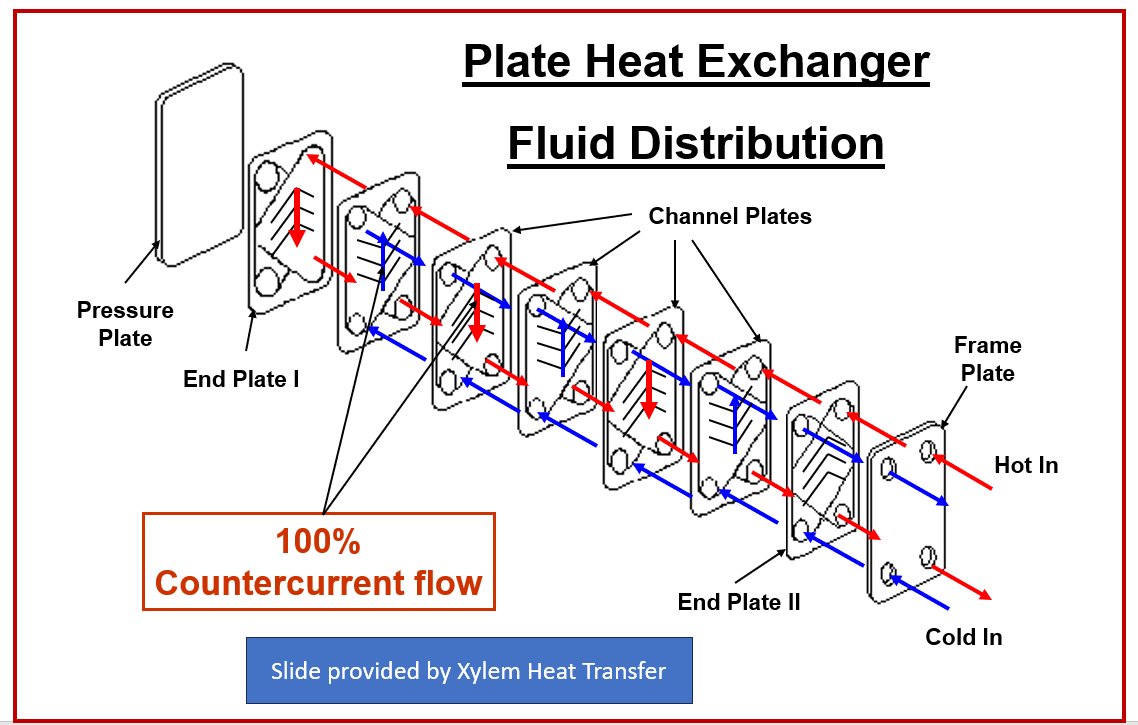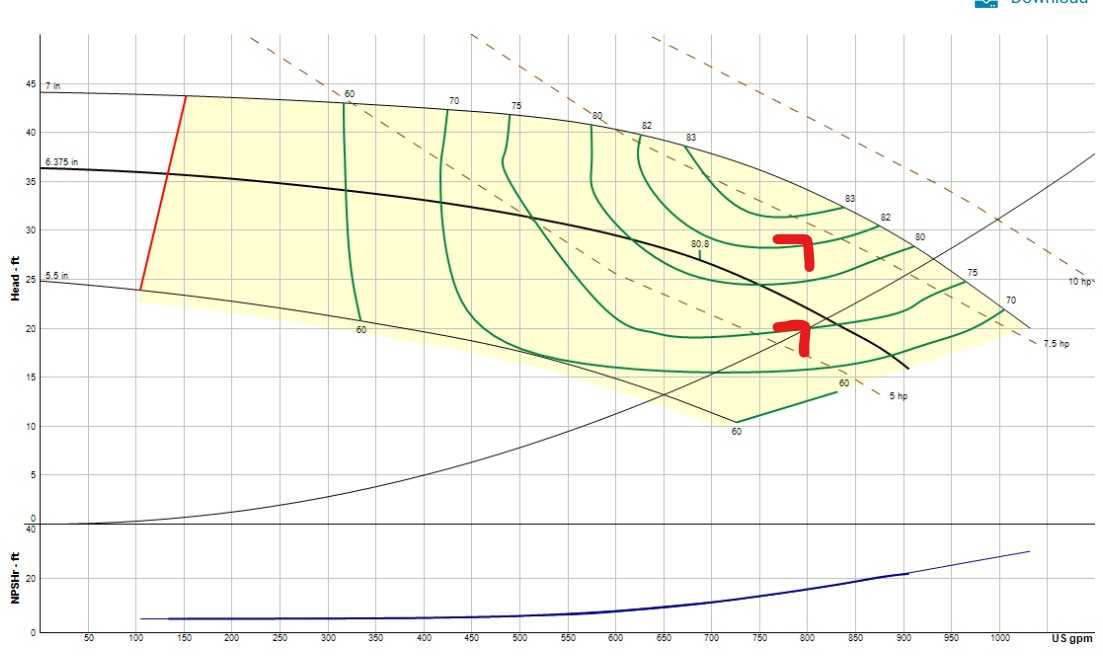Many facilities require cooling during the cold winter months. Northern climates such as Michigan or Ohio may not have any latent load in the cold …
Water Side Economizers Part 11: Summary of Design Thoughts
We can conclude the series on waterside economizers with a summary of suggestions for the engineer to consider. ASHRAE 90.1 Energy Standards require this energy-saving …
Water Side Economizers Part 10: Heat Exchanger Fouling & Maintenance
Waterside economizer heat exchanger fouling can lead to significant operational cost for the owner of the commercial chilled water system. The water side economizer system …
Water Side Economizers Part 9: Heat Exchanger Pressure Drop
The water side economizer pressure drop is an important point for the engineer to consider. The ASHRAE 90.1-2013 energy standard requires the pressure drop of …
Water Side Economizers Part 8: The Heat Exchanger Approach
The gasketed plate heat exchanger and the capacities it should be scheduled at is the subject of today’s blog. The first seven parts of this …
Waterside Economizers Part 7: Tower Side Temperatures
The waterside economizer is normally a gasketed plate heat exchanger. There is chilled water on one side and cooling tower water on the other side …
Waterside Economizers Part 6: Tower Side Flow Rate
The waterside economizer is normally a gasketed plate heat exchanger. There is chilled water on one side and cooling tower water on the other side …
Waterside Economizers Part 5: Heat Exchanger Location
The waterside economizer is normally a gasketed plate heat exchanger. The cooling tower water supply temperature to this heat exchanger varies with the weather. The …
Water Side Economizers Part 3: Cooling Tower Temperatures
Many northern state energy codes require economizers for chilled water systems. Waterside economizers per ASHRAE 90.1-2013 and 2010 shall provide up to 100% of the …
Water-Side Economizers Part 2: State Energy Codes
Water-Side economizers are here to stay in the northern climates. Using the cooling tower to create cold water and transferring that temperature to the chilled water …










